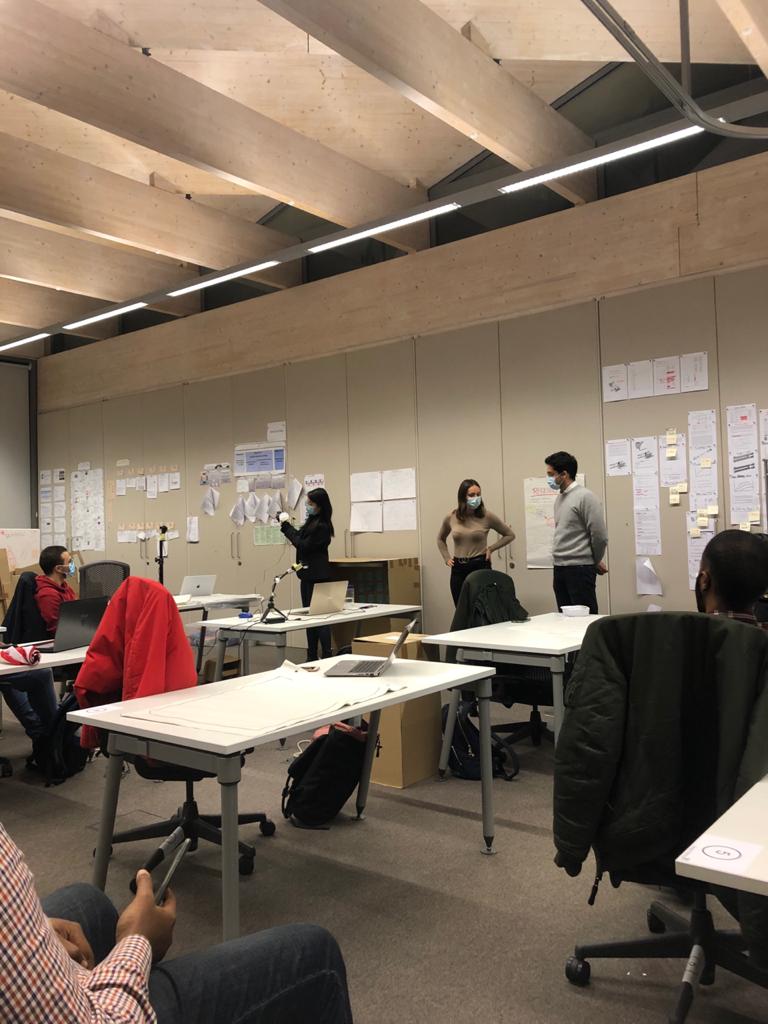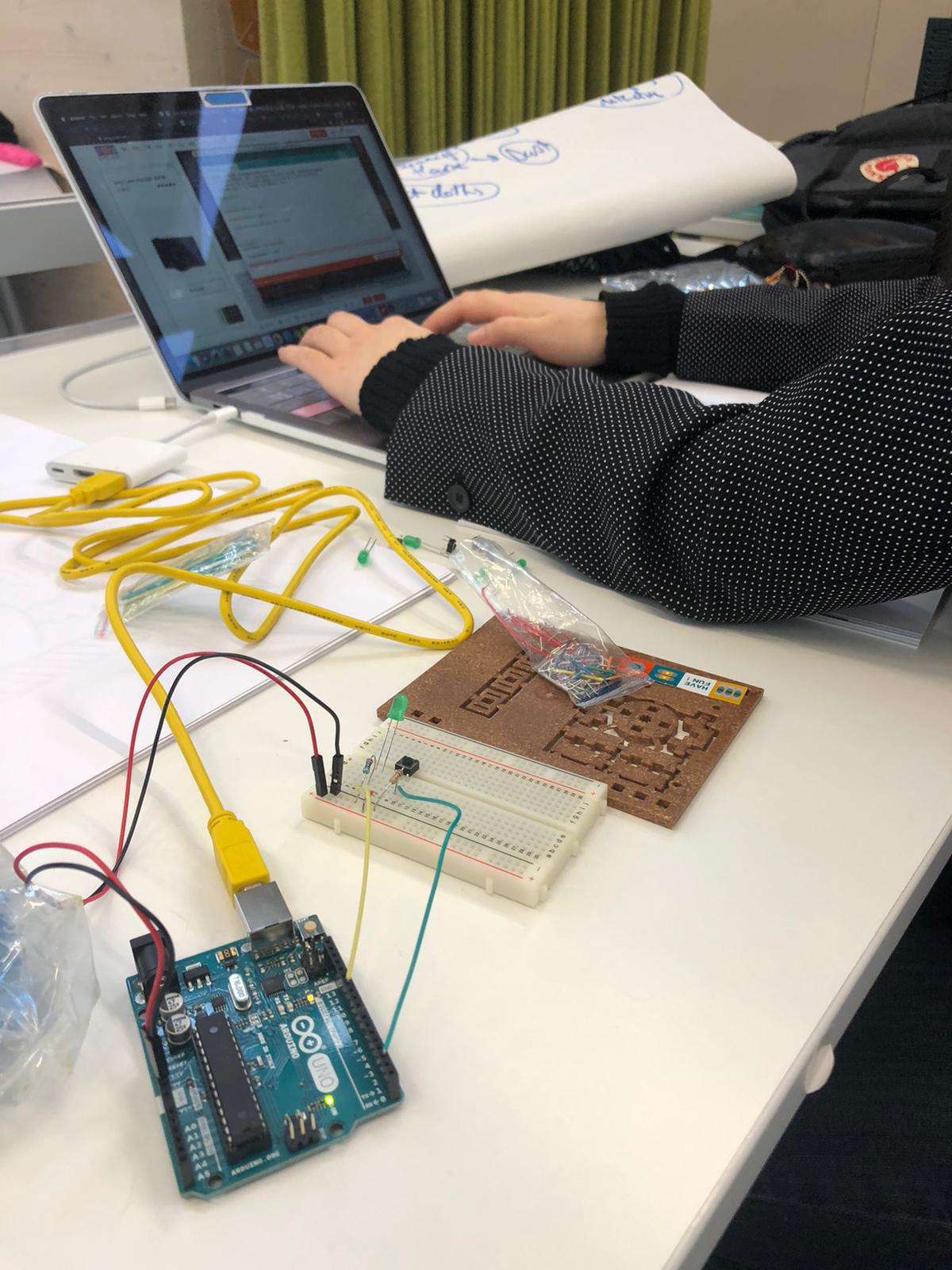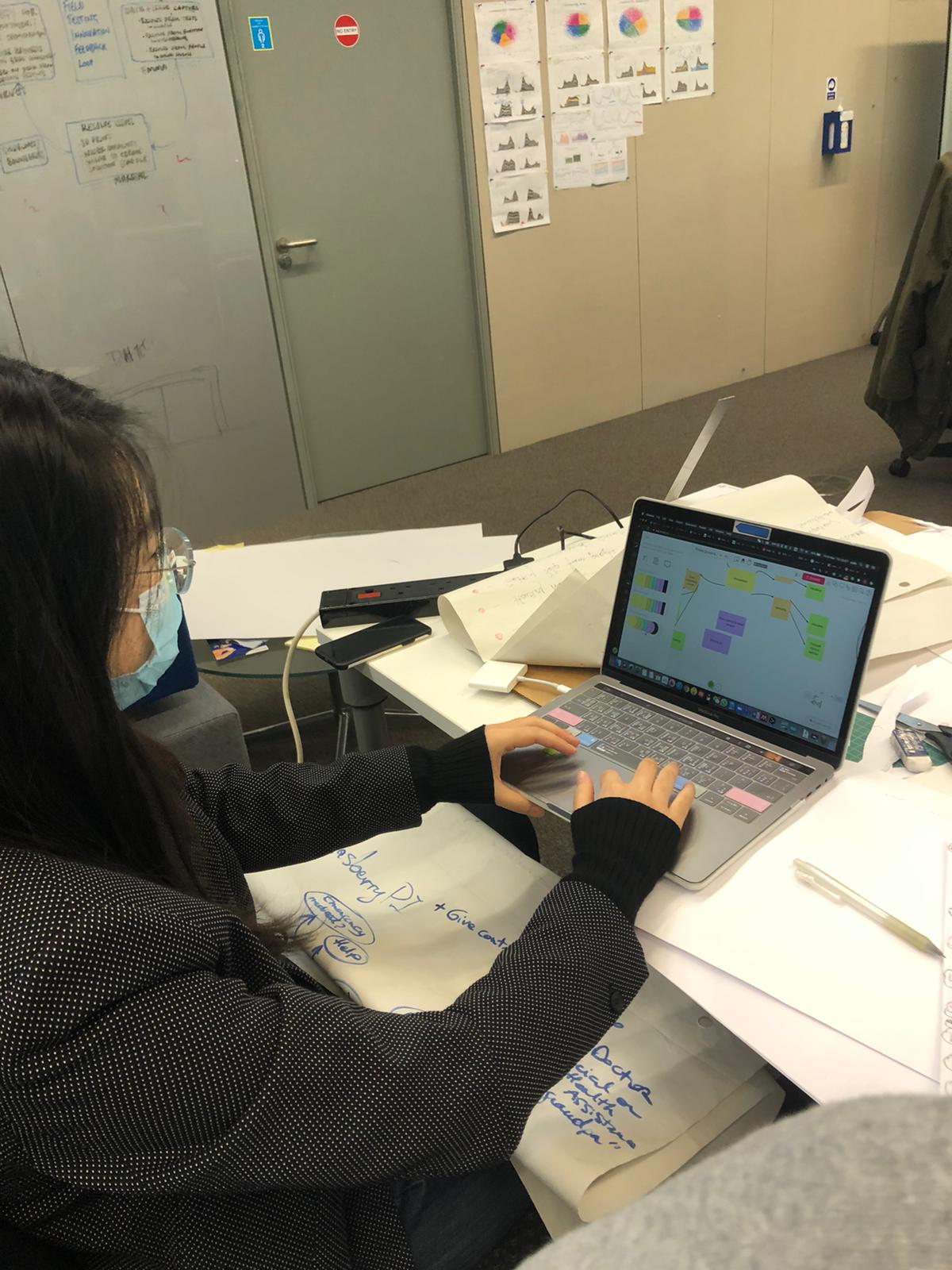My Design Thinking thesis
20/09/2021

Hello, I am Jia Yu and I am a student on the Design Thinking MDes.
For my final thesis project during my master studies, I worked with a company and provided design services based on the company’s needs to meet a brief. The project’s title was ‘A bi-objective decision support tool based on system dynamics modelling for a sustainable supply chain’.
To reduce the harmful effects of carbon emissions and decarbonise industry through the circular economy and sustainable development of the supply chain, system dynamics and discrete-event simulation can determine the best scenario for a sustainable supply chain. Two factors are considered to measure the supply chain’s performance, i.e., minimisation of total cost and maximisation of sustainability. This tool is applied for the case study of a company that operates in the packaging supply chain between Mexico and the UK.
The main aim was to design a bi-objective decision support tool for evaluating the performance of a sustainable packaging supply chain under various scenarios.
The company wants to recycle agricultural waste into packaging materials for the transport of products, reducing waste and making it possible to recycle and pollute the environment.
The project’s overall development is based on the double-diamond method of design thinking, and the supply chain design is based on the basic concepts of sustainability and circular economy. The overall design of the required supply chain is based on the system dynamic and discrete event simulation method.
At the end of the project, the data obtained from the model was analysed: costs and carbon dioxide emissions. The company was able to find the best sustainable supply chain solution for the time being.

During the project, face-to-face meetings with my supervisors were essential, solving many of my questions and inspiring me, and they helped me develop the project in the right direction.
In my project, I have used a lot of the knowledge I have gained during the year in my modules to help and develop the project, such as the double-diamond method and the circular economy. However, there are also new areas that I have been exposed to because of the project, such as supply chain design, system dynamics and the programming software required for discrete event simulation. This will be a great help to me in the next stage of studies and my future career as I will have a better understanding of how the knowledge I have learnt can be better integrated into the practical world and have a better understanding of how to use and implement the knowledge I have learnt to solve real-world problems. I am also able to see and analyse issues from a broader perspective.
I am grateful for the year I spent at Cranfield University, both in theoretical knowledge and practical application, which has been highly beneficial. I would also like to thank the teachers and my project supervisors for their guidance and assistance.

Categories & Tags:
Leave a comment on this post:
You might also like…
Keren Tuv: My Cranfield experience studying Renewable Energy
Hello, my name is Keren, I am from London, UK, and I am studying Renewable Energy MSc. My journey to discovering Cranfield University began when I first decided to return to academia to pursue ...
3D Metal Manufacturing in space: A look into the future
David Rico Sierra, Research Fellow in Additive Manufacturing, was recently involved in an exciting project to manufacture parts using 3D printers in space. Here he reflects on his time working with Airbus in Toulouse… ...
A Legacy of Courage: From India to Britain, Three Generations Find Their Home
My story begins with my grandfather, who plucked up the courage to travel aboard at the age of 22 and start a new life in the UK. I don’t think he would have thought that ...
Cranfield to JLR: mastering mechatronics for a dream career
My name is Jerin Tom, and in 2023 I graduated from Cranfield with an MSc in Automotive Mechatronics. Originally from India, I've always been fascinated by the world of automobiles. Why Cranfield and the ...
Bringing the vision of advanced air mobility closer to reality
Experts at Cranfield University led by Professor Antonios Tsourdos, Head of the Autonomous and Cyber-Physical Systems Centre, are part of the Air Mobility Ecosystem Consortium (AMEC), which aims to demonstrate the commercial and operational ...
Using grey literature in your research: A short guide
As you research and write your thesis, you might come across, or be looking for, ‘grey literature’. This is quite simply material that is either unpublished, or published but not in a commercial form. Types ...






